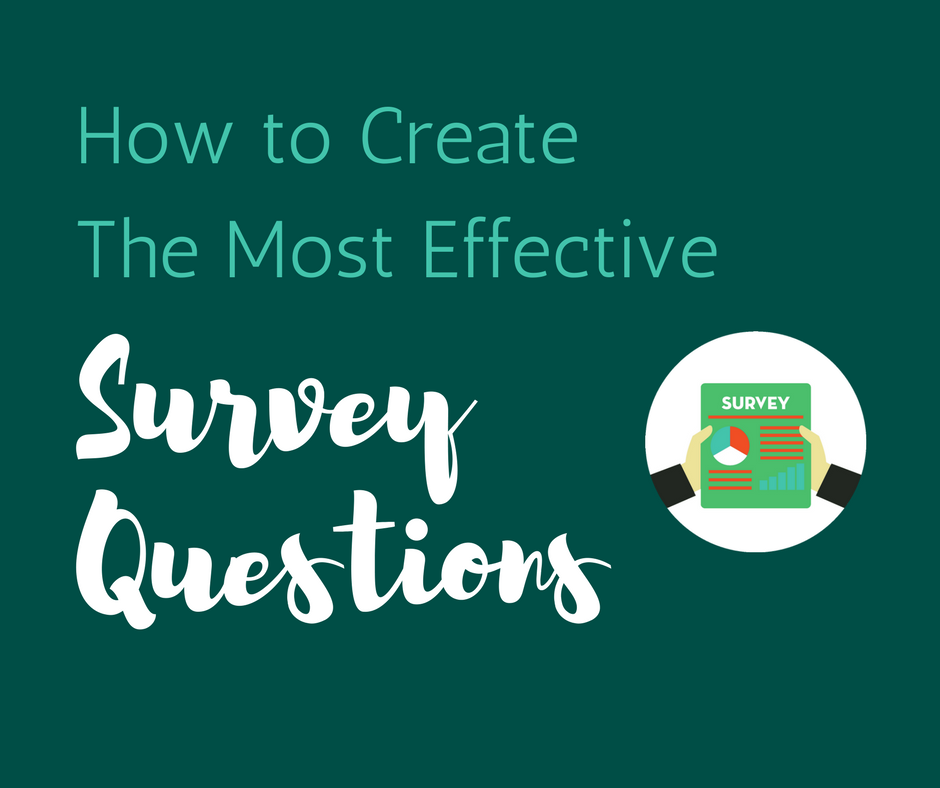How to Analyze Qualitative Customer Feedback
Data analysis is incredible. The way customer experience platforms can take data such as survey responses, online review data, mystery shopping...

When creating customer satisfaction surveys, it’s necessary to come up with survey questions that provide your business with accurate, actionable feedback about the key drivers of customer satisfaction or dissatisfaction. Collecting this actionable feedback is the key to being able to drive improvements to your customer experience.
In order to get the most actionable feedback and accurate responses from your surveys, questions need to be as clear-cut and specific as possible. A lot of customer satisfaction surveys include questions that are too general and result in responses that don't provide feedback that is specific enough to draw conclusions from. Ensure that every question asked has a clear and direct link to the purpose of your customer satisfaction survey - so it's easy for customers to respond accurately and for you to action responses to drive positive change.
When creating your survey questions, keep in mind that there may be a lot of things that would be beneficial to know about your customers, but there are some things are essential to know about them. Since best practices recommend keeping your surveys short to increase response rates, it's important to only ask questions that provide you with information that is necessary to measuring and improving customer experience. If it’s not absolutely necessary, then don’t include it. Instead, save the question in case you need to ask it at a later date. Always remember that each question’s results should have a clear, valuable use for your business.
Where a question is asked in the survey can sometimes have an effect on the response. In some cases, the nature of a question can influence the following questions that are asked after it.
For example, asking customers for their overall rating of your product or service should be done right away. This elicits an honest response, coming from their gut reaction. Placing a question like this towards the middle or end of your survey leaves room for the other specific or critical questions to influence their response, thus nullifying their overall rating.
Include at least one open-ended survey question that allows customers to give their own feedback. An open-ended question allows the customer to provide unstructured feedback and additional insights that might be missed in a multiple choice response.
That being said, one of the main goals of your survey is to collect the most actionable feedback possible - so not all questions should be open-ended. One way to include open-ended questions while maintaining actionable responses is to ask a multiple choice question and include "other" as a response. Customers that don't connect or agree with one of the pre-set answers can select "other" and include a comment with additional feedback if they wish.
Coming up with survey questions that provide you with useful feedback and data to reinforce positive customer experiences are very valuable to your business and overall customer satisfaction. Customer satisfaction leads to higher customer retention and loyalty - both fundamental to your business.

Data analysis is incredible. The way customer experience platforms can take data such as survey responses, online review data, mystery shopping...

What do customers think about your brand? Are they satisfied with your customer service? Do they think there are areas where you could improve?...

Of all the resources you have at your disposal for gathering feedback on how your business is performing, customers are your most valuable asset....